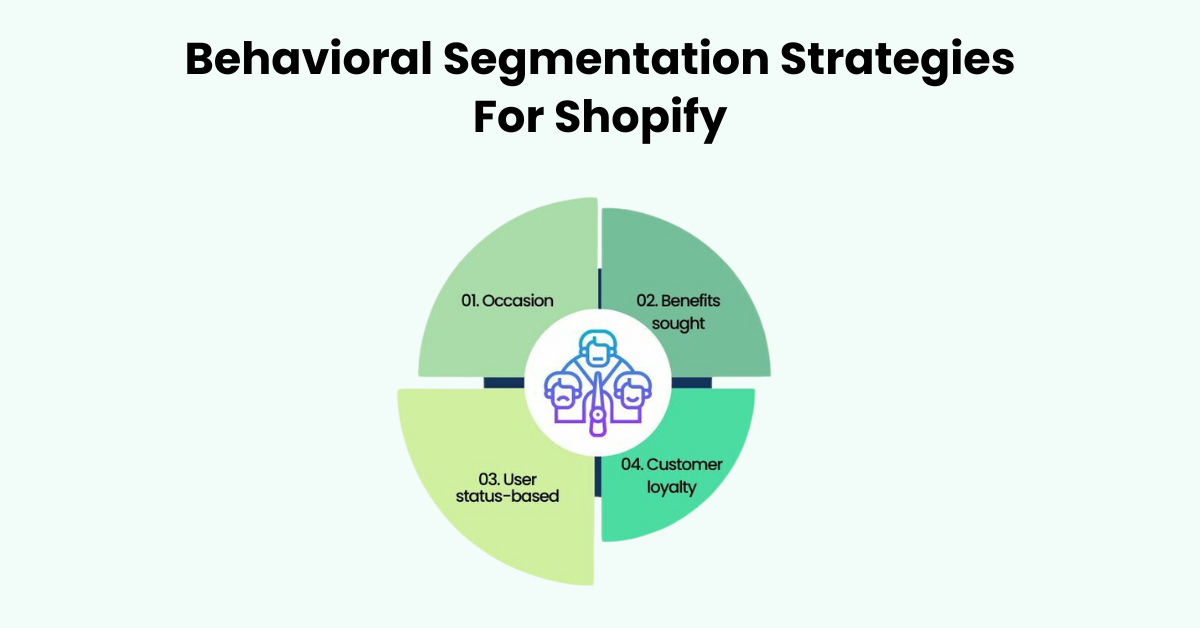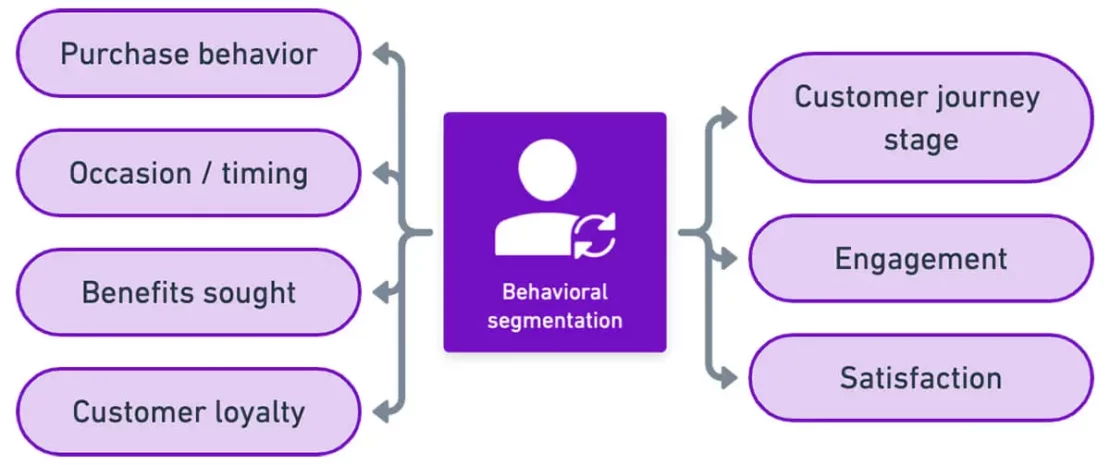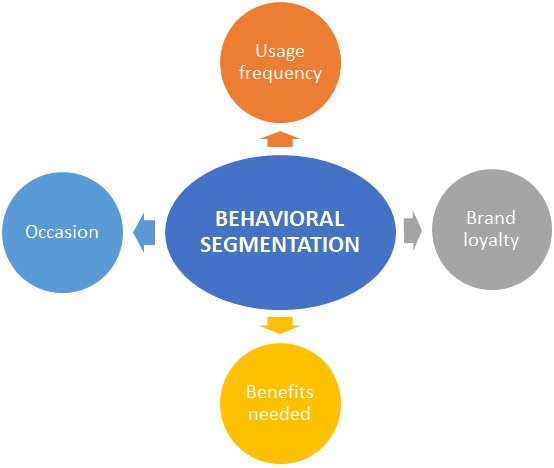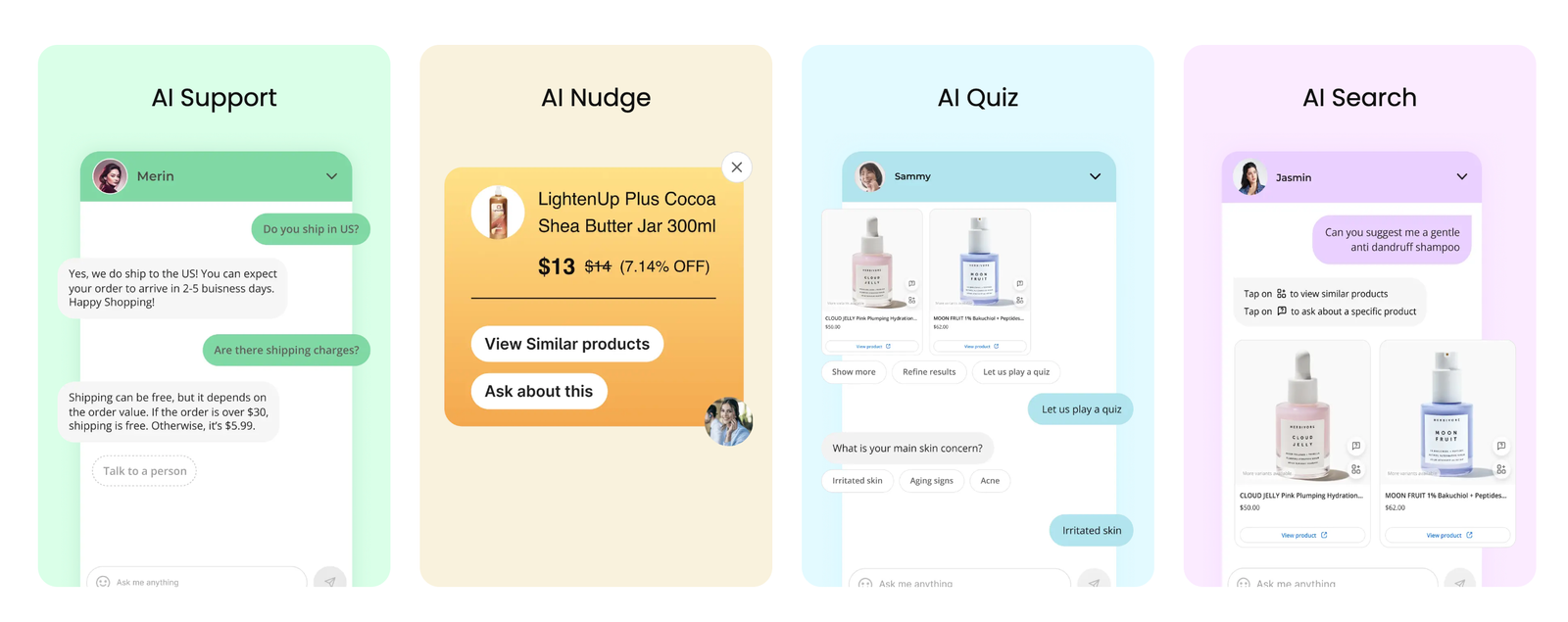Behavioral Segmentation Strategies For Shopify

Are you sick and weary of bombarding your whole Shopify audience with the same old promotions? Would you like to send messages that speak to particular client segments based on their interests and needs?
The secret is behavioral segmentation! We'll go into effective methods for grouping your clients according to their behavior and interactions with your store in this blog post. We'll teach you how to find high-value clients, get past-due customers back, and create customized marketing strategies that increase revenue and create enduring connections.
What Is Behavioral Segmentation?

Behavioral segmentation is a marketing strategy that categorizes individuals or groups of consumers based on their behavior, preferences, and usage patterns. This segmentation approach focuses on understanding how customers interact with products or services, their purchasing habits, and their response to marketing stimuli. By analyzing actions such as product usage, brand loyalty, frequency of purchases, or responses to marketing campaigns, businesses can tailor their strategies to effectively target and engage specific behavioral segments. Behavioral-based segmentation allows for more personalized and targeted marketing efforts, ultimately enhancing customer satisfaction and driving more effective marketing campaigns.
What Are Four Types Of Behavioral Segmentation?

Four main types of customer behavior segmentation can be incredibly useful for understanding your Shopify customers:
Usage-Based Segmentation
Segments of customers based on the frequency and extent of product or service usage. This helps businesses tailor marketing strategies to different levels of engagement, encouraging increased usage or loyalty.
Purchase Behavior Segmentation
Focuses on the customer's buying patterns, such as the frequency of purchases, average transaction value, and the types of products or services bought. This segmentation aids in creating targeted promotions and incentives.
Loyalty-Based Segmentation
Identifies and categorizes customers based on their loyalty and commitment to a brand. This allows businesses to implement strategies to retain loyal customers, such as loyalty programs, exclusive offers, or personalized communication.
Occasion-Based Segmentation
Segments customers according to the occasions or events when they are more likely to make a purchase. Understanding the timing and context of buying behavior enables businesses to tailor marketing messages and promotions for specific events or seasons.
Behavioral Segmentation Benefits
Behavioral segmentation offers several benefits for businesses seeking to understand and target their audience more effectively:
Precision in Targeting
Behavioral segmentation enables businesses to precisely target specific customer segments based on their behaviors, preferences, and buying patterns, leading to more effective and personalized marketing efforts.
Improved Personalization
Behavioral segmentation facilitates the delivery of personalized marketing messages, product recommendations, and promotions, enhancing the overall customer experience and increasing the likelihood of conversion.
Increased Customer Retention
By understanding and addressing the unique needs and behaviors of different customer segments, businesses can implement strategies to enhance customer loyalty, leading to increased retention rates.
Optimized Marketing Resources
Behavioral segmentation allows businesses to allocate marketing resources more efficiently by focusing efforts on segments that are more likely to respond positively. This optimization can lead to cost savings and improved return on investment.
Enhanced Product Development
Behavioral segmentation provides valuable insights into customer preferences and usage patterns, aiding in the development of products or services that align more closely with the needs and behaviors of specific market segments.
Better Customer Communication
Behavioral segmentation enables businesses to tailor communication strategies, including content and messaging, to resonate with the behavioral characteristics of different segments, resulting in more impactful and engaging interactions.
Adaptability to Market Changes
Allows businesses to adapt quickly to changes in consumer behavior or market trends, ensuring that marketing strategies remain relevant and effective over time.
Importance Of Behavioral Segmentation
Behavioral segmentation is a revolutionary approach to customer understanding. You can obtain a profound understanding of their behaviors and relationships by organizing them into groups. This enables you to communicate with them in a way that is relevant to their needs and interests. Imagine valuable clients obtaining exclusive discounts, or former customers getting appealing offers to come back. Sales and consumer loyalty are eventually increased by behavioral segmentation, which also raises relevance and engagement. It's essential for realizing your audience's potential and crafting an experience that is genuinely focused on the needs of the consumer.
How Does Behavioral Segmentation Identify Target Markets?
Behavioral segmentation doesn't directly identify entirely new target markets but rather refines your understanding of your existing target market by creating subgroups with distinct characteristics. Here's how it helps you identify those subgroups:
Data Collection & Analysis: The process starts by gathering customer data on their behavior within your store. This could include purchase history, browsing habits, abandoned carts, product reviews, and engagement with marketing campaigns.
Identify Behavioral Patterns: Once you have the data, analyze it to uncover recurring patterns in customer behavior. This might involve looking at factors like frequency of purchase, preferred products, response to promotions, or how they navigate your store.
Segment Creation: Based on the identified patterns, group customers with similar behaviors into distinct segments. For instance, you might have a segment of "heavy spenders" who buy frequently and in high volumes, or a segment of "price-conscious shoppers" who primarily focus on deals and discounts.
Targeting Within the Market: With these segments defined, you can target specific subgroups within your overall target market. This allows you to tailor your messaging and offerings to resonate with each segment's unique needs and preferences. Imagine crafting loyalty programs for high-value customers, or sending win-back campaigns with special offers to lapsed buyers who haven't purchased in a while.
Driving Shopify Growth with Manifest AI's Behavioral Segmentation

Manifest AI aids in behavioral segmentation by analyzing and interpreting the actions and behaviors of customers on a Shopify store. This analysis is critical in understanding the diverse customer base and tailoring the shopping experience to meet their specific needs. Here’s how Manifest AI makes behavioral segmentation work effectively:
- Customer Interaction Analysis: Manifest AI examines how customers interact with the Shopify store, including their browsing patterns, purchase history, and engagement with marketing campaigns. This data provides a deep insight into customer preferences and tendencies.
- Personalized Recommendations: Utilizing the insights gathered, Manifest AI can deliver personalized product recommendations to customers. By recognizing the products or categories customers show interest in, the AI can suggest similar or related items, likely increasing engagement and sales.
- Enhanced Customer Experience: Through understanding different behavioral segments, Manifest AI enables the store to customize content, deals, and communication to match the expectations and preferences of each segment. This customization elevates the overall shopping experience for each customer.
- Automated Engagement: Based on the behavioral data collected, Manifest AI can automate specific actions, like sending targeted emails or displaying custom pop-ups, that resonate with the behaviors and preferences of distinct customer groups.
- Dynamic Content Display: Manifest AI can adjust the content displayed to customers in real-time, based on their behavior. Customers see the most relevant products and offers, encouraging them to spend more time on the site and make purchases.
Conclusion
In conclusion, Shopify businesses now require behavioral segmentation—it is no longer an option. You may get a wealth of information by segmenting your audience according to their behavior and interactions, which can completely change the way you approach marketing. Create customized marketing strategies that speak to each target audience, foster a sense of community, and increase revenue. Recall that the days of applying a one-size-fits-all strategy are over. Accept behavioral segmentation, and observe how customized marketing and a genuinely customer-focused experience help your Shopify store grow.

.png)
